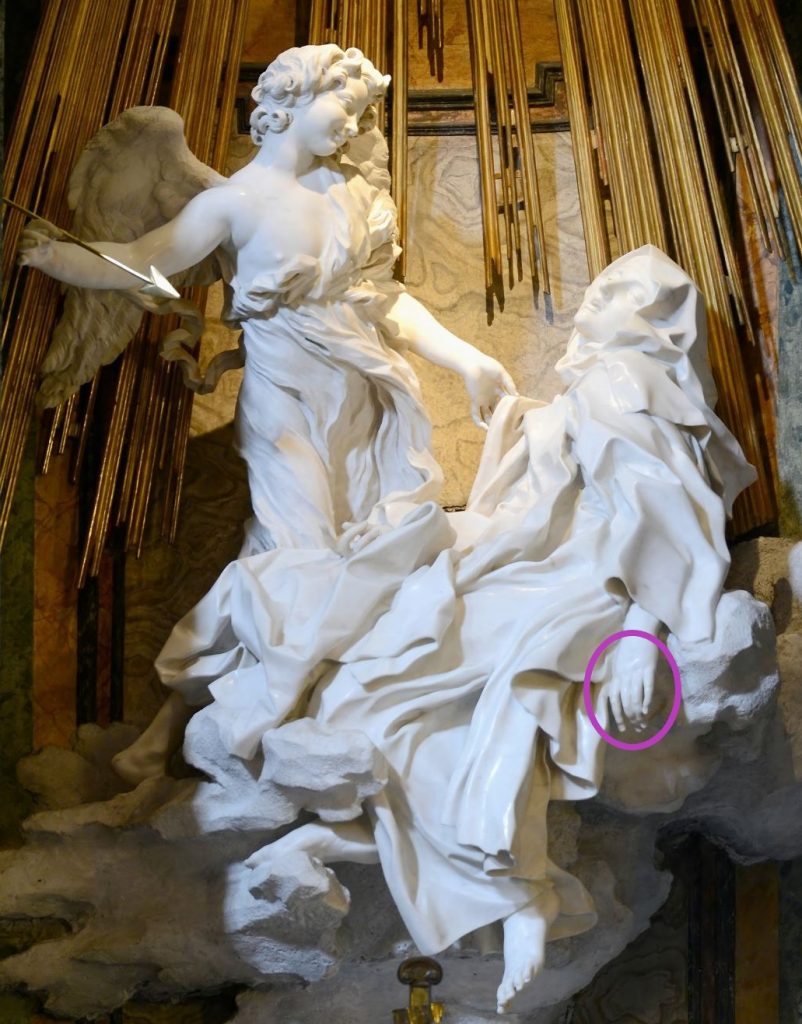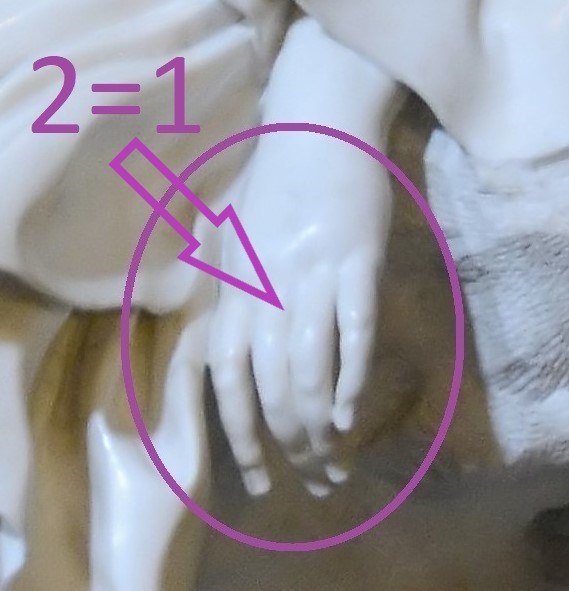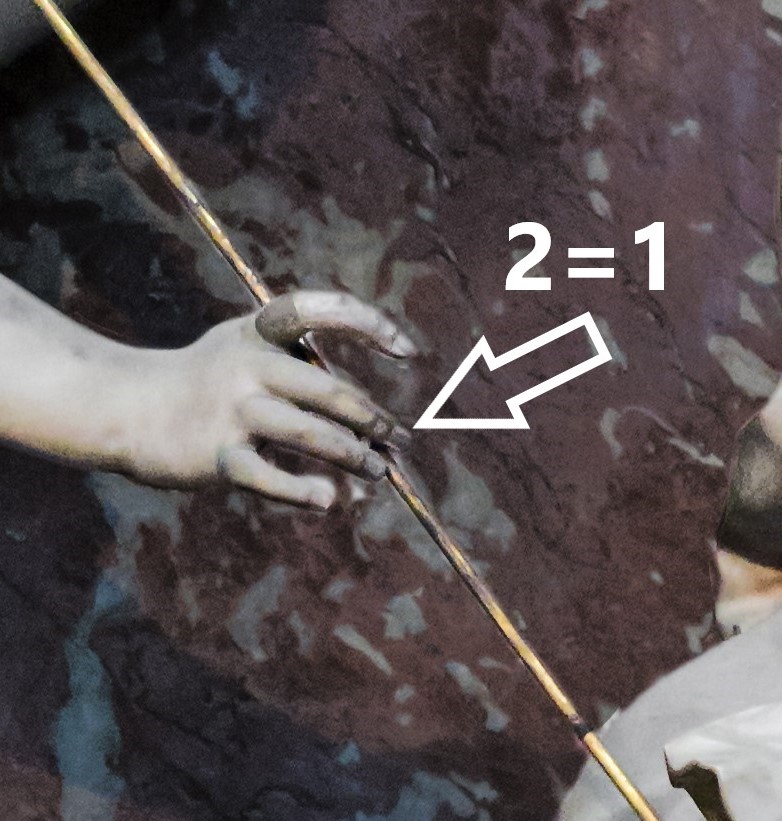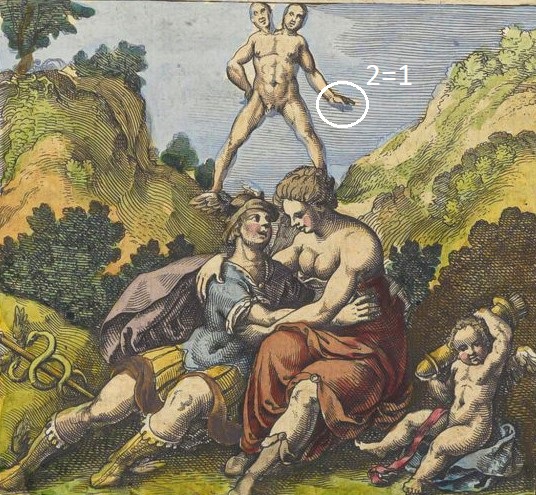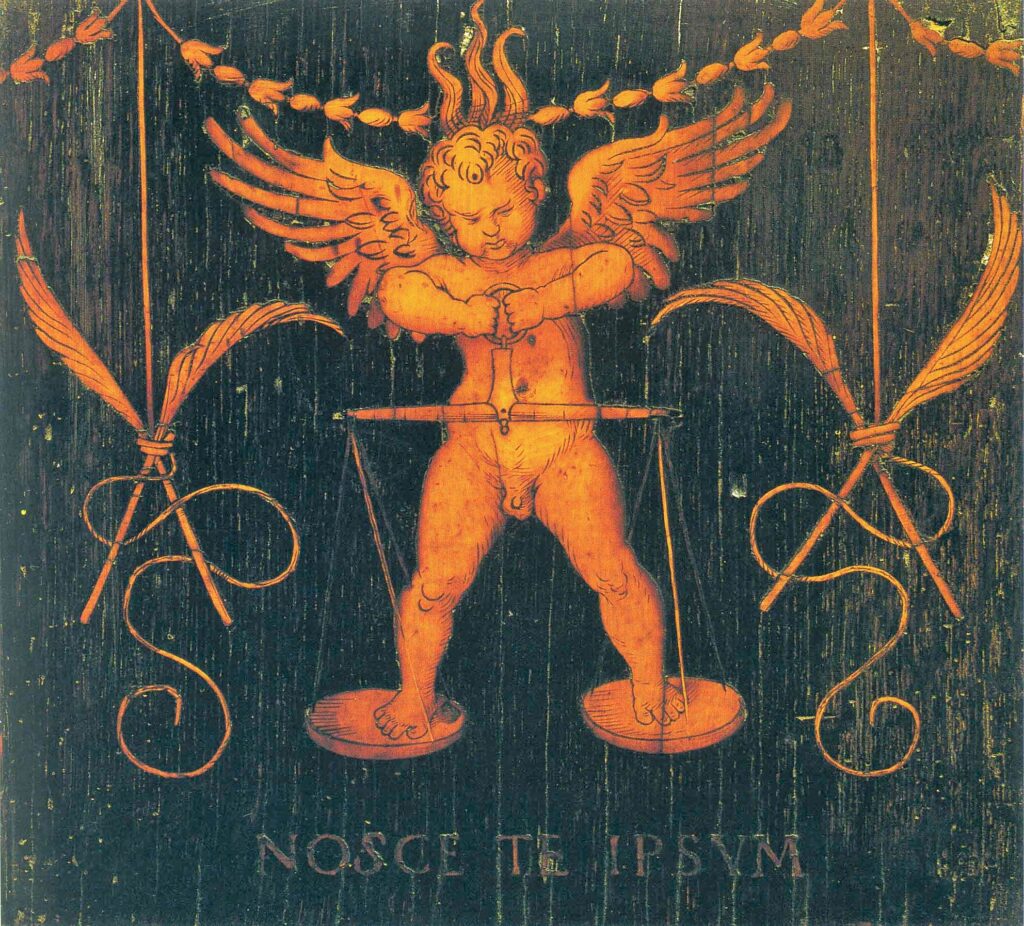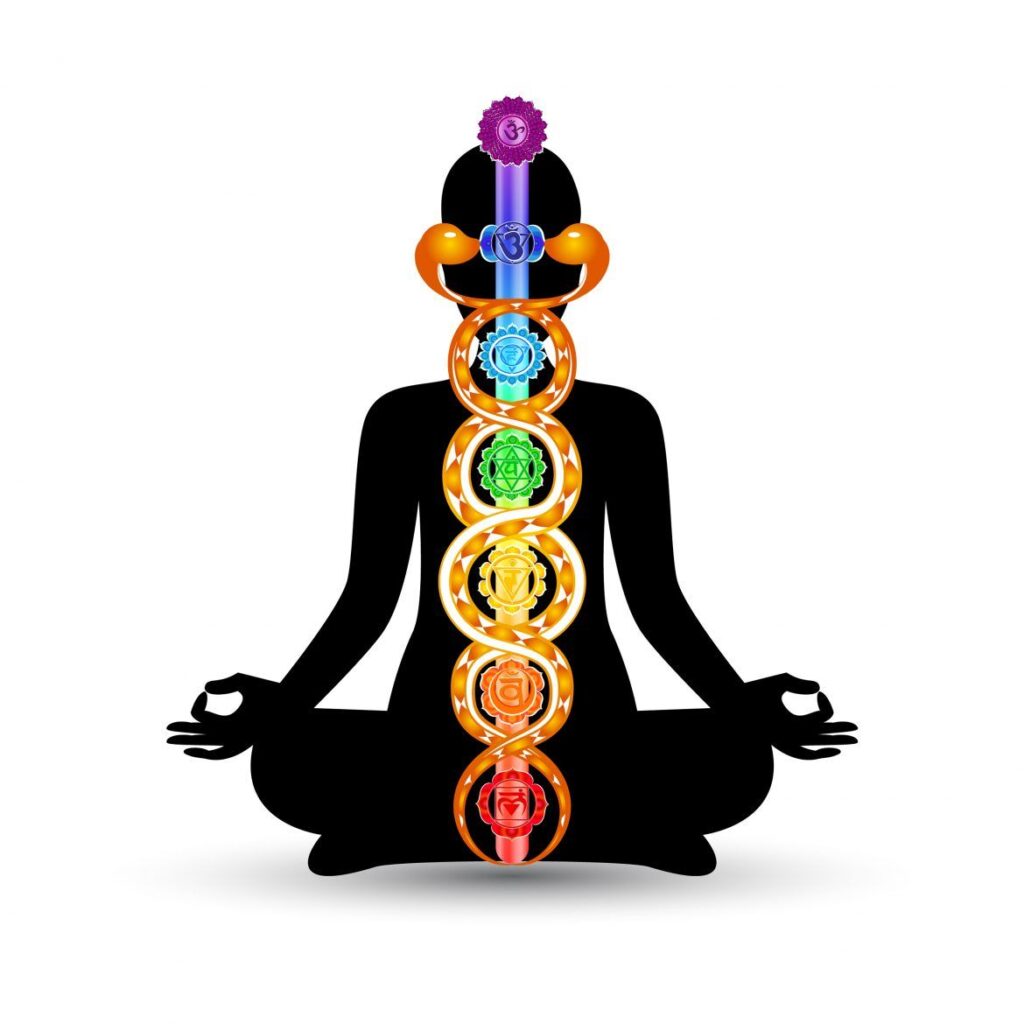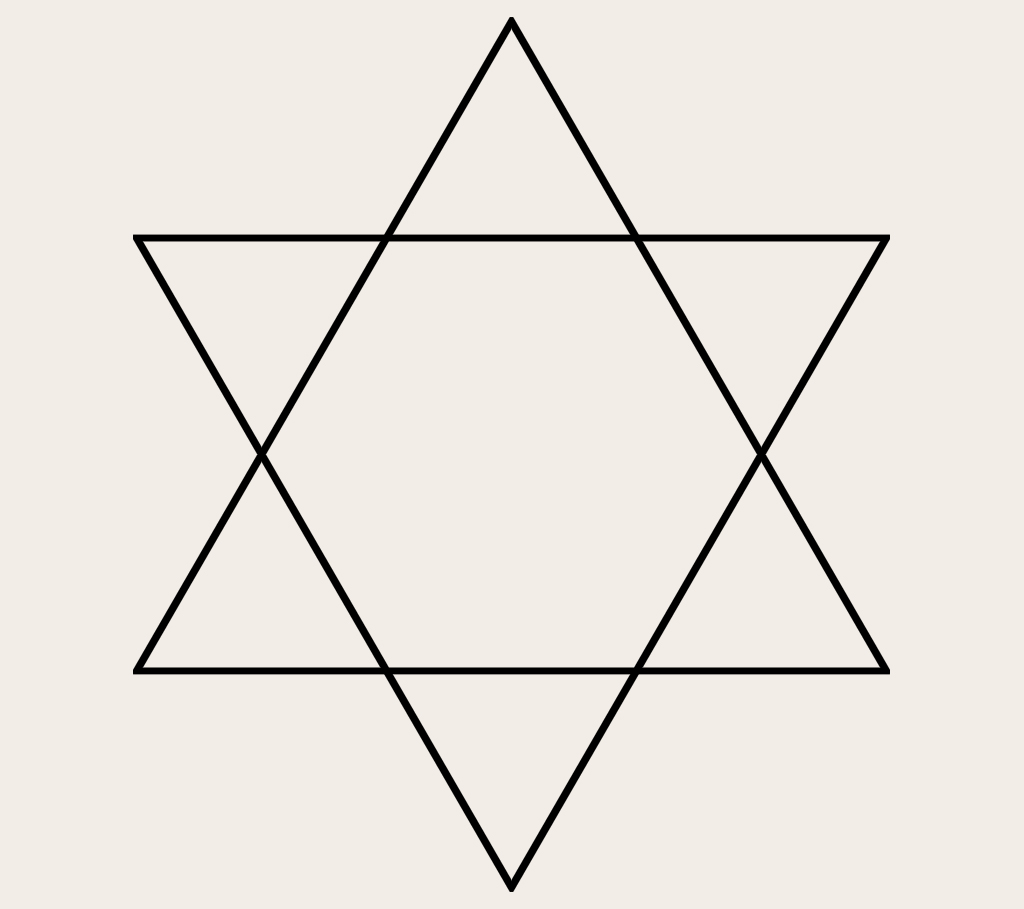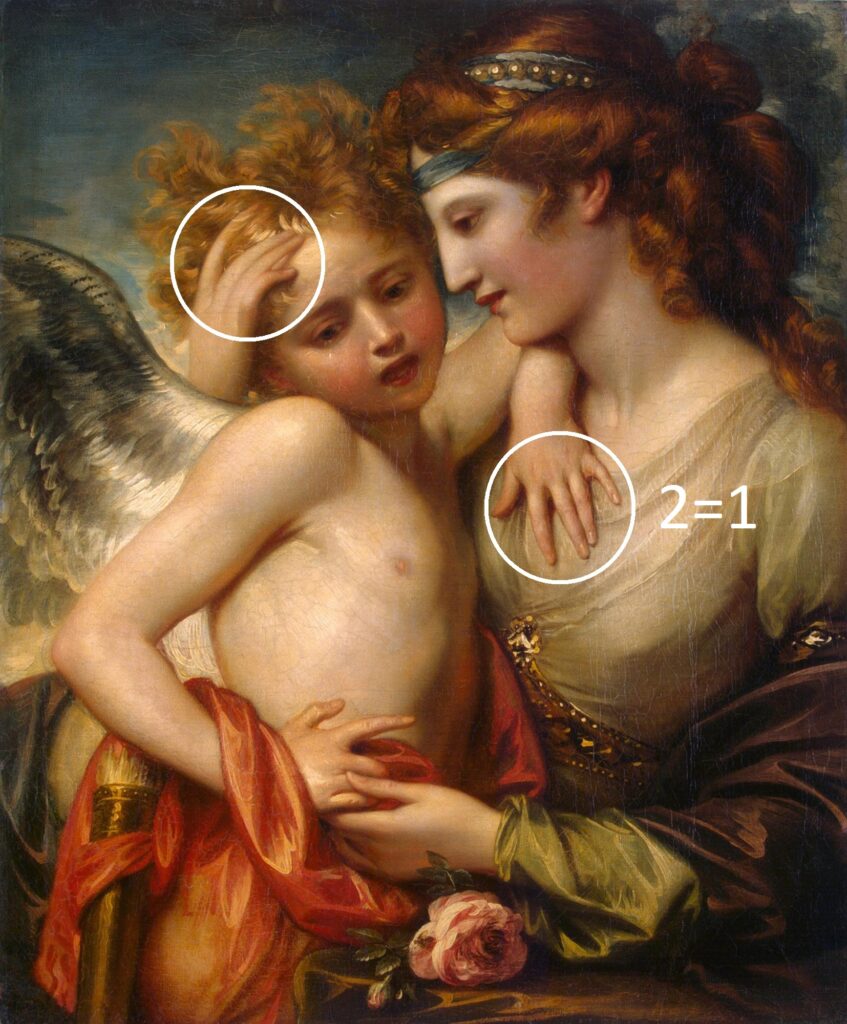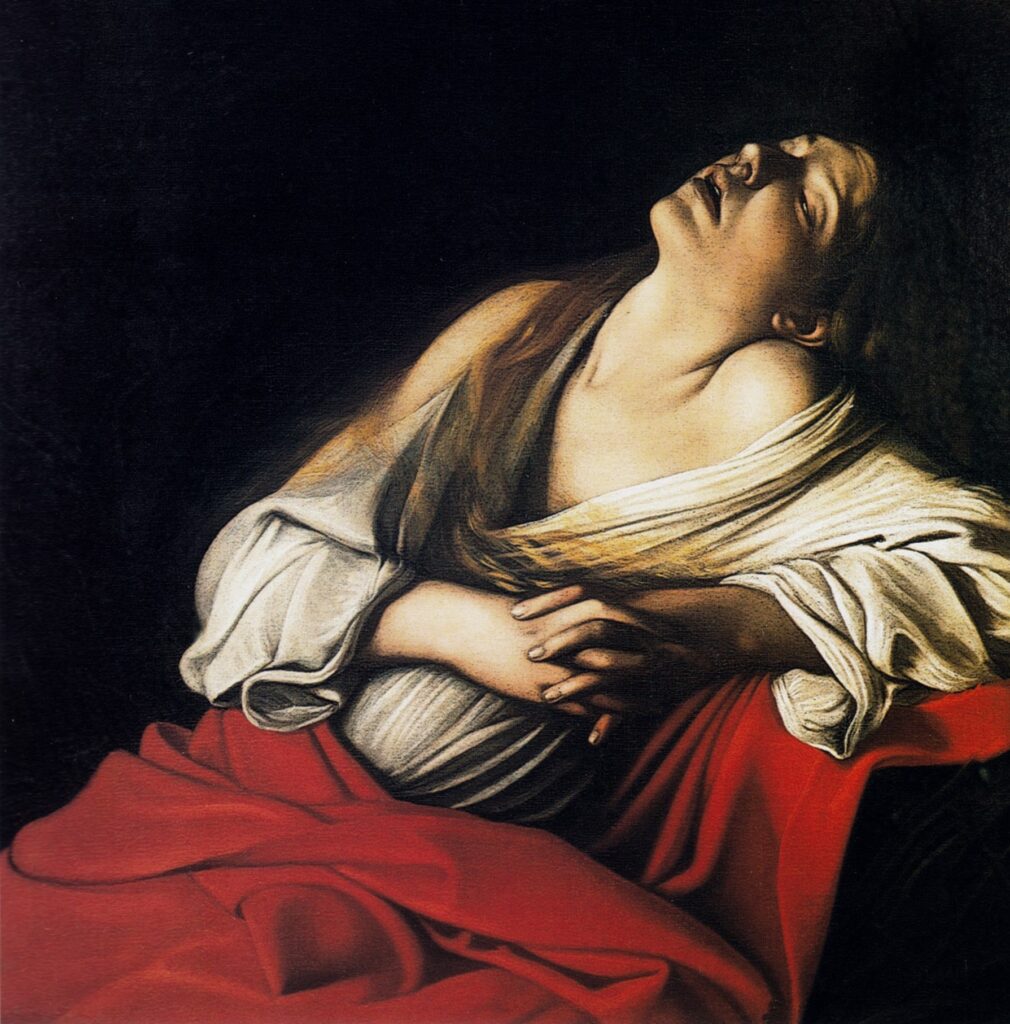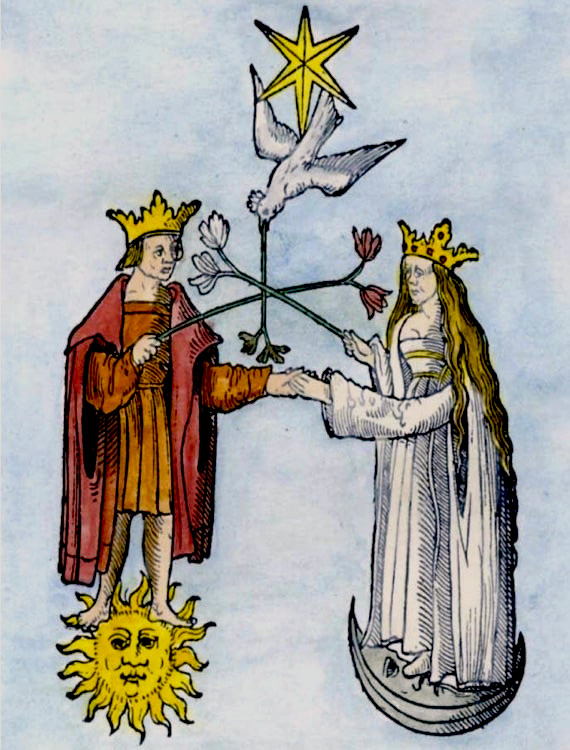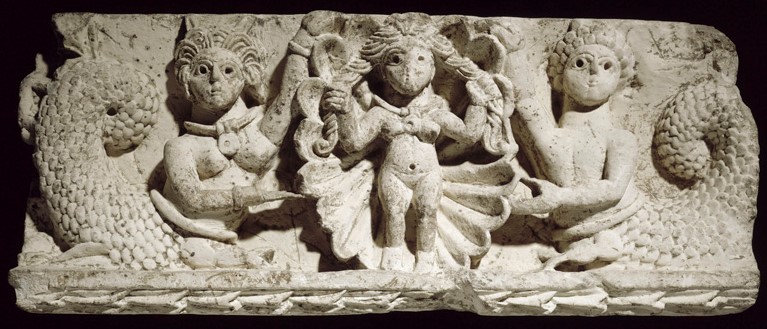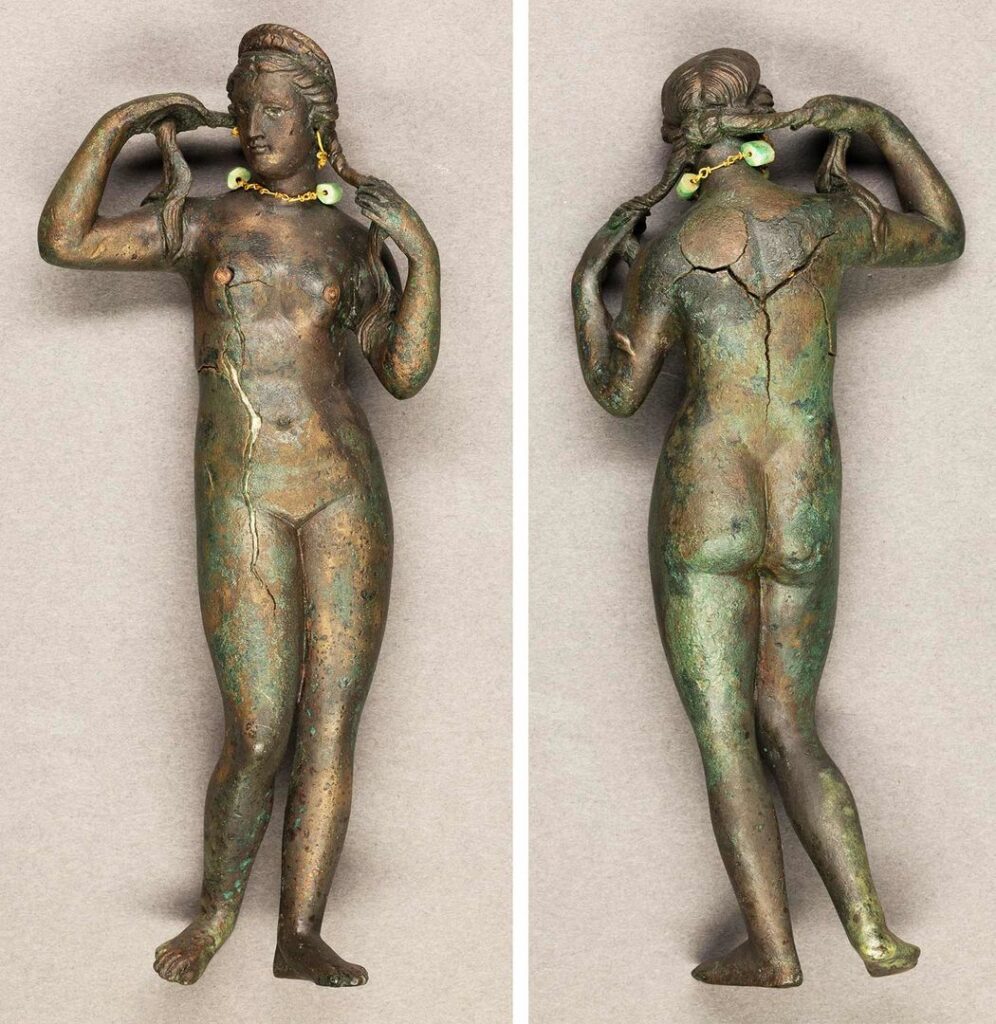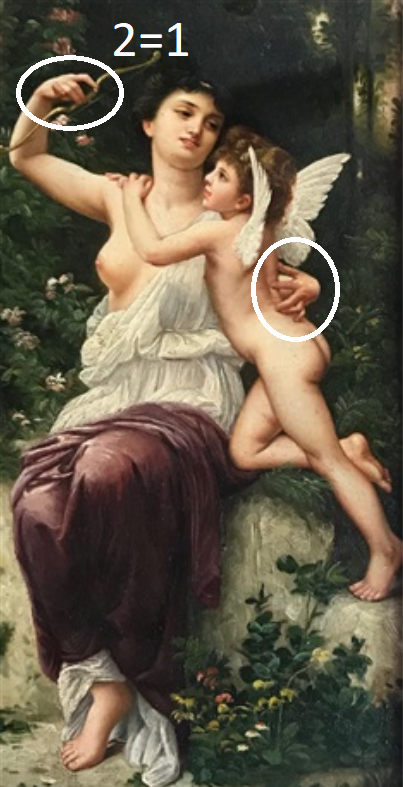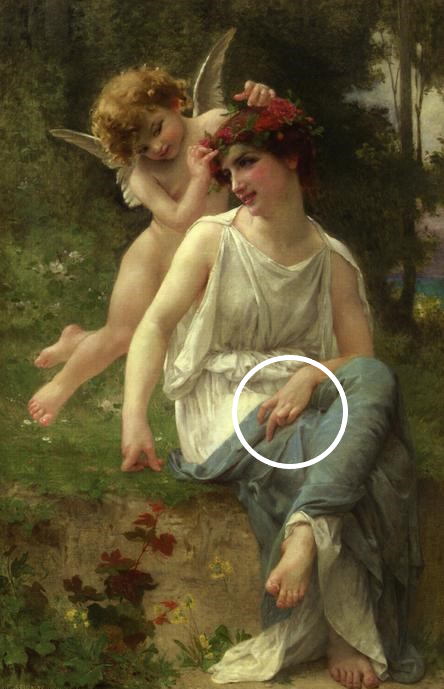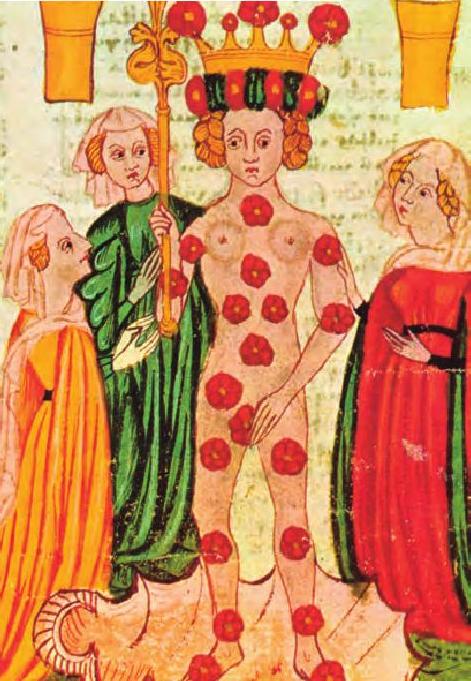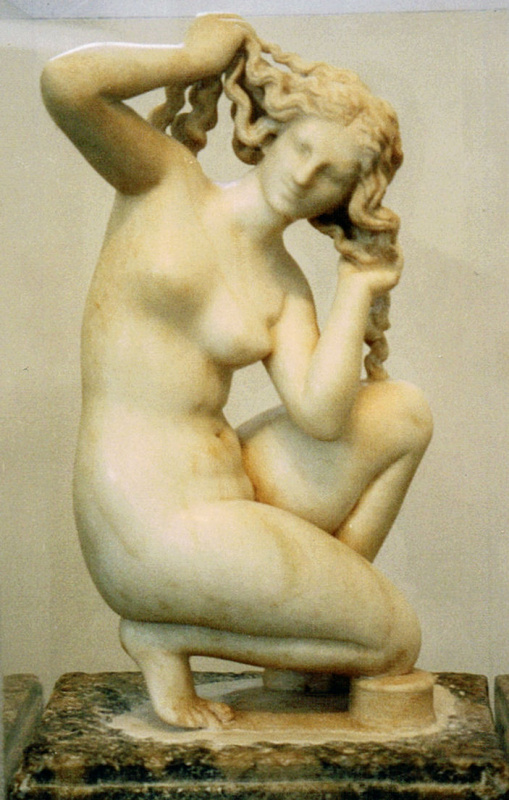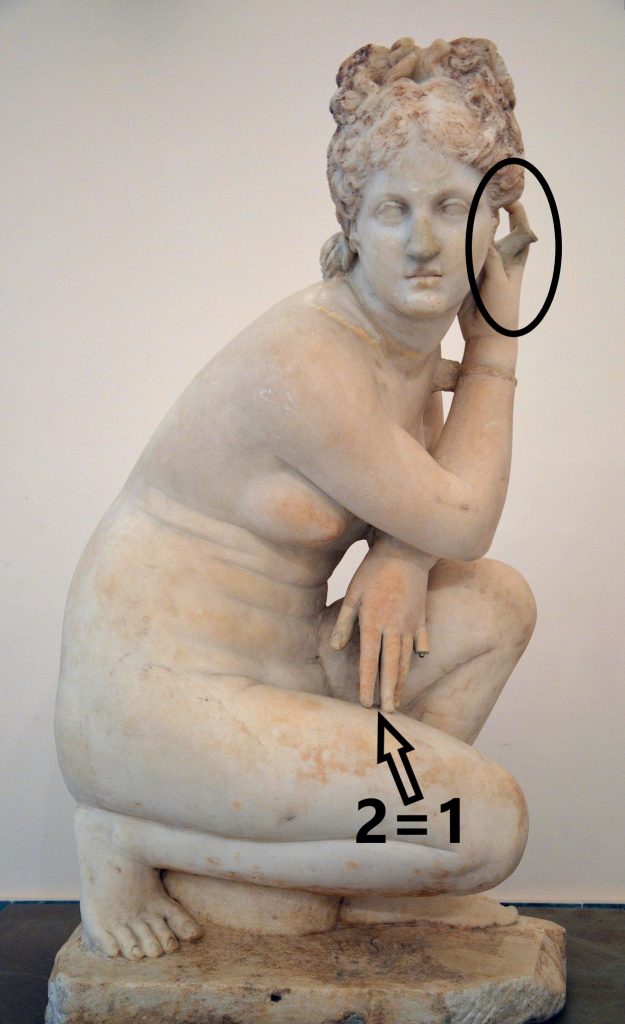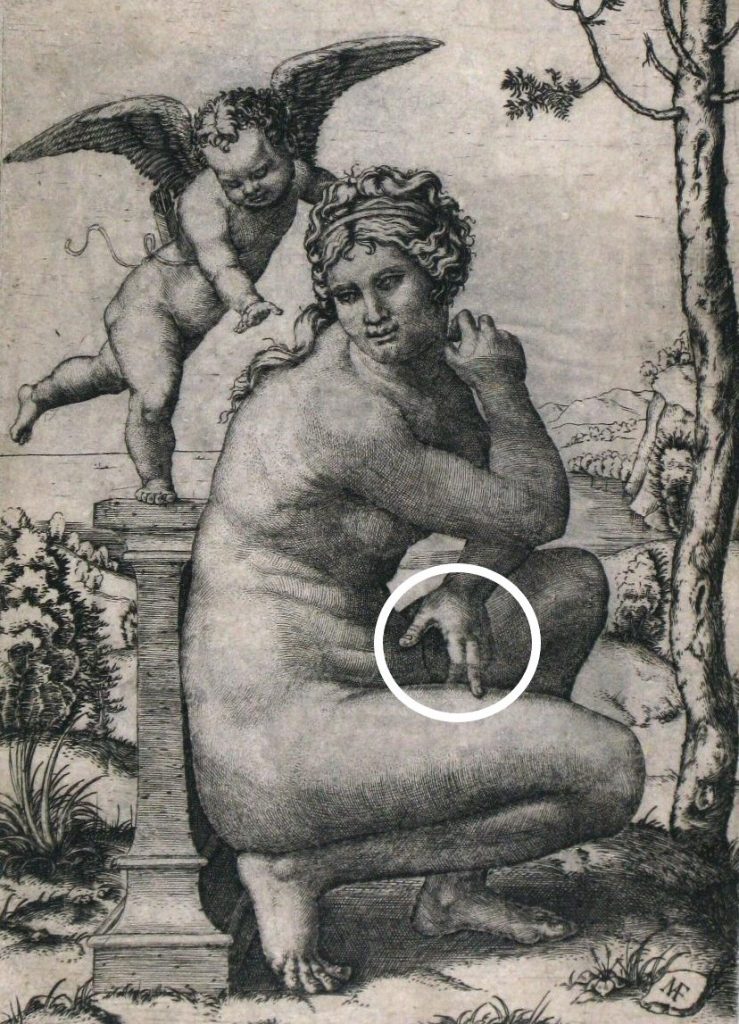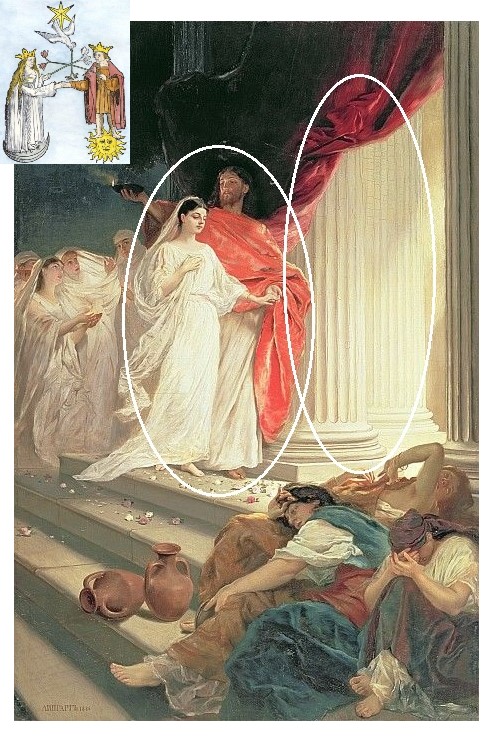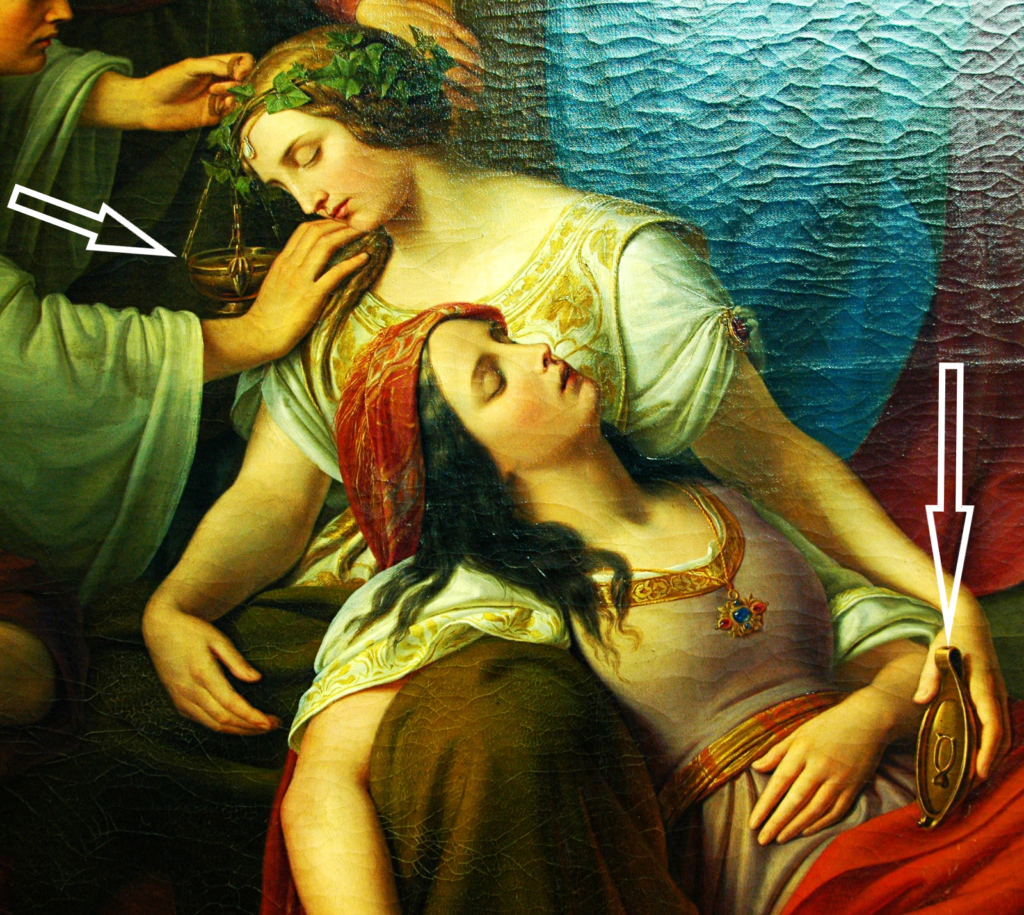The Alchemy of Love
The alchemists knew that the goddess Venus held the key to the inner gold they so passionately sought. Love as the road to the Magnum Opus, to the realization of God. A road with many obstacles and pitfalls. But that shouldn’t surprise anyone whose life path has crossed with Venus!
Transformation process
Alchemy is a relatively unknown spiritual tradition. The general idea that most people have of an alchemist is that he was concerned with turning lead into gold. However, for most alchemists this was just a metaphor for an inner transformation process they called the Magnum Opus (the Great Work).
They were fully acquainted with spiritual knowledge that we regard as “Eastern”. They knew that in our pelvis, near the sacrum, there is a mysterious source of powerful energy, which can open for man the door to the divine. The yogi calls her the kundalini-shakti. In alchemy she was seen as Venus, the goddess of love.
This association is not so strange. Mystics know: God can be experienced as a burning, all-consuming love. A love so pure and overwhelming that the human body and mind must be thoroughly prepared receive it. And this preparation is what the alchemists secretly engaged in.
The language of symbolism
They had to conceal their knowledge in symbols and metaphors, because practising or communicating anything that went against the teachings of the church was forbidden, and the consequences were severe. Excommunication (banishment from the church) soon followed, and in the worst case scenario you ended up at the stake.
Illustration 1 (right) is an example of alchemical symbolism. The three hares chased by dogs depict the swirling movement of the kundalini, from the pelvis up to the crown. The ears of the hares form a triangle; the symbol for fire. This is the fire of love from Venus.
The double circle is the alchemical symbol for the oneness of the divine. This is experienced when the polar opposties of duality (the two circles) merge. This inner union is also called the sacred marriage, and is part of the process of kundalini awakening.
The text in this emblem mentions the seven classical planets of our solar system. These represent in alchemy the seven chakras that are purified and activated by the kundalini fire.
The arrow that goes through the heart is one of the universal symbols for the kundalini. Illustration 2a (below left) is Bernini’s famous masterpiece: The Ecstasy of Saint Therese of Avila. In her book My Life (1565) Theresa describes the vision of an angel who pierced her heart with a golden lance, leaving her “filled with ardent love for God“.
That this vision is a depiction of the kundalini energy piercing the heart of the saint with full force, is communicated by Bernini in a manner “initiates” would immediately recognize. With her left hand Theresia makes the secret sign of the sacred marriage (two fingers together: 2=1).
Illustration 2b (above right) is of a similar statue by artist Heinrich Meyring. In this case it is the angel that makes the sign of the sacred marriage with the hand with which he holds the arrow.
Venus versus Cupido
An important player in the arena of love is Cupid, the son of Venus. Cupid (Eros with the Greeks) is the originator of the erotic desires that are aroused by infatuation, and these form a pitfall on the road to God. Sexual activity causes the awakened kundalini energy to stay in the abdomen, instead of ascending to the head.
An essential part of the Magnus Opus is making sure that the kundalini is not “wasted” by the abdominal chakras. An assignment that feels like a spiritual split: the love between two people is a powerful catalyst in awakening the kundalini/Venus, but the arrows of Cupid must be avoided. In other words: sexual abstinence is a prerequisite for God-realization.
This is what the romantic setting of illustration 3 (right) makes clear in images. The goddess Venus sits in an intimate embrace with the god Mercury, the Roman god with the caduceus: the serpent staff that is the classical symbol for a kundalini awakening (next to Mercury in the grass).
As a pair, Venus and Mercury in this emblem symbolize both love ànd the fusion of the masculine and feminine energies (duality).
Above the pair of gods we see the result of this sacred marriage: an androgynous human, called Rebis in alchemy. The quiver of Cupid, on the right, evokes associations with a non-erect penis. The message of this emblem: romance is conducive to the Magnum Opus, as long as the clothes stay on…
Know yourself
Illustration 4 (below left) shows that the energy generated in the lower abdomen by Cupid must be brought to the head. Cupid stands on a scale (duality): he personifies the “fusion” between the polar energies. He pulls himself up. The fire of desire burns on his head. This energy has to be raised, says the artist. The two ribbons next to Cupid represent the two energy channels that keep us connected to duality. These ida-nadi and pingala-nadi merge during the kundalini process, at the level of the sixth chakra (illustration 5). The crossed palm branches refer to this fusion. The inscription below the image is Nosce te ipsum (“Know thyself”): an invitation to go the spiritual path of self-knowledge.
Illustration 6 (below) also depicts the sublimation (raising) of the sexual energies. Eros sits on the arm of his mother Aphrodite (the Greek goddess of love), at the height of her head. Below Eros hangs a cord with a cog-wheel attached to it. This is a metaphor for the swirling movement of the ascending kundalini.
The wheel has six spokes; a reference to the hexagram (six-pointed star). A hexagram is a universal symbol for the merger of the opposites (two triangles).
The staff of the supreme god Zeus, sitting next to Aphrodite, is placed near his pelvis and has a pine cone at the top. This spiral-shaped staff represents the spine containing the kundalini energy, which activates the pineal gland (the pinecone) in the head.
Illustration 7 (below left) also conveys a clear message. The goddess Aphrodite fends off the erotic advances of the demi-god Pan with her sandal. She holds one hand in front of her genitals. Pan has the lower body and horns of a goat. He represents lust and desire. The artist has depicted him with an erection. Eros, laughing, holds a horn of Pan: both represent the desires of the underbelly.
Illustration 8 (above right) is an 18th century painting of Venus and Cupid. Two fingers of Venus – the sign of the sacred marriage – lie on Cupid’s forehead, the place where the sexual energies he arouses must go. Cupid also makes the sign of the sacred marriage. His hand is on the heart of Venus: the place where God enters, if we are ready.
Anyone who gets an eye for alchemical symbolism will recognize it in many works of art. Esoteric groups like the Freemasons and Rosicrucians – circles where artists liked to hang out – also knew about the divine energy in our pelvis.
The union with God
Illustration 9 (left) is a painting by Caravaggio: Mary Magdalene in ecstasy. The symbolism incorporated herein is simple and powerful. Red and white are the colors of duality (the king and queen) in alchemy.
Mary’s intertwined fingers symbolize her spine, in which the Love of God flows with full force. The artist incorporated the merging of duality also in her arms: they are painted light and dark. The sacred marriage took place in Mary. She has kept herself for God and is now one with Him.
This article was published in Paravisie magazine (Febr ’21). Copyright Anne-Marie Wegh 2021
Anne-Marie is author of the book:
Mary Magdalene, the disciple whom Jesus loved
Additional illustrations
A favorite theme in art is the moment when Venus emerges from the sea: her birth. This mythical event even has an official name: Venus (or Aphrodite) Anadyomene. The birth of the goddess of love from the sea is symbolism for the awakening of the kundalini in the pelvis.
To convey this deeper meaning, in a veiled way, Venus is often depicted with two wet strands of hair that she wrings out. These two strands of hair represent the two polar energy channels that flow along the spine and merge in the head during a kundalini awakening: the sacred marriage.
Aphrodite Anadyomene, late 2nd century BC, Brooklyn Museum, NY.
Aphrodite Anadyomene, 1st or 2nd century AD. Instead of two strands of hair, the goddess holds the two ends of her scarf, which has the same meaning in terms of symbolism.
Venus, 2nd century BC, Syria or Palestine.
Right: The specific way in which the angel Gabriel’s cloak is held up by a cherub is a reference to the Aphrodite Anadyomene. With this, artist Lucas van Leyden wants to let us know that Mary’s pregnancy (which is announced in this painting), represents a kundalini awakening. The angel points with his staff at Mary’s spine. The scarf around his waist refers to the kundalini symbol the KNOT OF ISIS (click here).
Aphrodite Anadyomene, circa 1st-2nd century, National Museum, Beirut.
Venus takes a bath, mosaic from a Roman villa, 5th century AD, Limassol Museum, Cyprus. The specific way in which the goddess holds up the strands of hair refers to the KNOT OF ISIS (click here), a symbol for the sacred marriage and the activation of the pineal gland.
Aphrodite Anadyomene, Aphrodisias Museum, Turkey. The three-pointed tail (under the shell) is a reference to the three energy channels involved in a kundalini awakening. The crossed legs refer to fusion (2=1).
The Circumcision of Jesus, Tintoretto, 16th century. The lifted cloak of the Jewish priest evokes associations with the birth of Venus. The artist wants to communicate that the birth of Christ is the result of a kundalini awakening. Read more in my book “Mary magdalene, the disciple whom Jesus loved.”
Anyone who becomes aware of the symbolic language with which artists through the ages have communicated ‘heretical’ spiritual knowledge will see references to the deeper meaning of the birth of Venus/Aphrodite in almost all classical works of art. Below are some examples.
‘Venus Disarms Cupid’, Guillaume Seignac, circa 1900. Venus points with her left hand to Cupid’s spine: the sexual energies must be raised to the heart and head.
Cupid, Guillaume Seignac, circa 1900. The extended MIDDLE FINGER (click here) of the woman refers to the awakened spine. Cupid’s energy has been brought to her crown chakra (the wreath of roses around her head).
The alchemist wears the crown of the completed Magnum Opus. He is standing in the shell of Venus: she is born in him. He is covered with five-petalled ‘Roses of Venus’: the kundalini energy flows through his entire body. His STAFF (click here) represents his awakened spine with the activated pineal gland at the top. The sacred marriage has taken place in him; he is now androgynous (he has breasts).
The shell on which Aphrodite sits, and above her head, has the shape of a triangle: the alchemical symbol for (kundalini) fire. With both hands the goddess makes the sign of the sacred marriage (2=1) and points at her head, the place where she connects man with God. (Sétif Museum, Algeria)
Aphrodite and Ares together represent the sacred marriage (the union of the masculine and the feminine). Ares (Mars with the Romans) also makes the sign of the sacred marriage with his hand (2=1). The cloth that is held up refers to the KNOT OF ISIS (click here), and symbolizes the pathway of the kundalini energy upward to the pineal gland. Only ONE LEG (click here) of Aphrodite is visible, this also refers to the sacred marriage (2=1), just like the crossed golden chains on her torso. (Fresco from Pompeii, now in the National Archaeological Museum in Naples)
Venus and Cupid, Frans Floris. The strange body posture of Venus, in combination with Cupid’s leg being lifted up, communicates that Cupid’s energy must be raised from the pelvis to the head.
Venus and Cupid, Pontormo. The curious body postures of Cupid and Venus communicate that Cupid’s energy must be lifted up to the head. Venus points with her left hand that they represent an inner experience. The merging of the masculine and feminine energies during SACRED MARRIAGE (click here) is symbolized by their faces, that seem to form one face, and by holding the arrow together. Only ONE LEG (click here) of both Cupid and Venus can be seen in full. This also refers to the sacred marriage (2=1).
Iconic is the “CROUCHING VENUS/APHRODITE”.
This body posture expresses a (kundalini) SERPENT SPIRALING upward from the pelvis to the crown chakra.
Crouching Venus, Marcantonio Raimondi, 1506, Museum Boijmans Van Beuningen. The extended MIDDLE FINGER (click here) refers to the awakened spine.
The five wise and five foolish virgins
The Bible agrees completely with the premise of the alchemists.
A quote from my book “Kundalini Awakening in the Bible”:
In order for the kundalini energy to reach the forehead, the spiritual aspirant will have to be vigilant again every moment. What is the energy that builds up in the body spent on? Jesus gives the beautiful and telling parable of the ten girls about this.
Then the kingdom of heaven will be like ten maidens, who took their lamps and went to meet the bridegroom. Five of them were wise and five were foolish. Those who were foolish took their lamps with them, but no oil. The wise men also took oil in their jars with their lamps. When the bridegroom did not come, they all became drowsy and fell asleep. And at midnight there was a cry: Behold, the bridegroom is coming, go out to meet him! Then all those girls got up and fixed their lamps. The foolish said to the wise, Give us some of your oil, for our lamps are going out. But the wise answered: In no case, otherwise there may not be enough for us and you. Rather go to the sellers and buy oil for yourself. When they went to buy oil, the bridegroom came; and those who were ready went in with him to the marriage, and the door was shut. Later the other girls also came and said: Lord, lord, open to us! He answered and said, Verily I say unto you, I know you not. Watch then, for you do not know the day nor the hour when the Son of Man will come. (Matt. 25:1-13)
The girls with their lamps represent the first five chakras. If these don’t have enough ‘oil’ when the bridegroom (God) comes, there will be no holy marriage at the sixth chakra, Jesus warns. Interestingly, the Greek parthenos can indeed mean girls, but is almost always used for virgins in the Bible. For example, Matthew also uses parthenos for Mary, the mother of Jesus (Matt. 1:23). A subtle piece of advice to ‘save’ the sexual energy for the Divine Bridegroom!
The above interpretation of the parable of the ten virgins is (obviously) not traditional exegesis. In this case too we can find hidden symbolism in Christian art that refers to an ‘alchemical’ explanation.
From the red and white clothing of Jesus (the bridegroom) and the ‘wise virgin’ we can deduce that they represent the alchemical royal couple. The two PILLARS (click here) next to the bridal couple represent the two energy channels that merge during the sacred marriage. (Baron Ernest Friedrich von Liphart, 1886)
‘The First Foolish Virgin’, Martin Schongauer, 1470-1490. The long scarf represents the path that the kundalini energy travels from the pelvis to the head. The KNOT (click here) in the scarf represents the pineal gland. The extended MIDDLE FINGER (click here) refers to the awakened spine (the ‘middle’ of the body). The empty oil lamp is held at the level of the pelvis.
An oil lamp is kept at the pelvis and at the head of the two virgins. We may see this as a reference to a kundalini awakening. (The Wise and Foolish Virgin, Friedrich Wilhelm von Schadow, 1838-42)
A remarkable depiction of the crucifixion, with the five wise and five foolish virgins arranged as the first five chakras next to the cross. The fleur-de-lis, at the top, is an esoteric symbol for the pineal gland, which is activated when the kundalini has arrived at the sixth chakra. Mary, the mother of Jesus, and the apostle John, stand on either side of the cross and represent the bridal couple (male and female) of the sacred marriage. The message of this illustration is: if there is enough ‘oil’ in the lamps of the five virgins/chakras, both the sacred marriage and the death of the ego (the crucifixion) take place at the sixth chakra. (Follower of Hans Schilling, 1469)
Read more in my book “Mary Magdalene, the disciple whom Jesus loved”.



